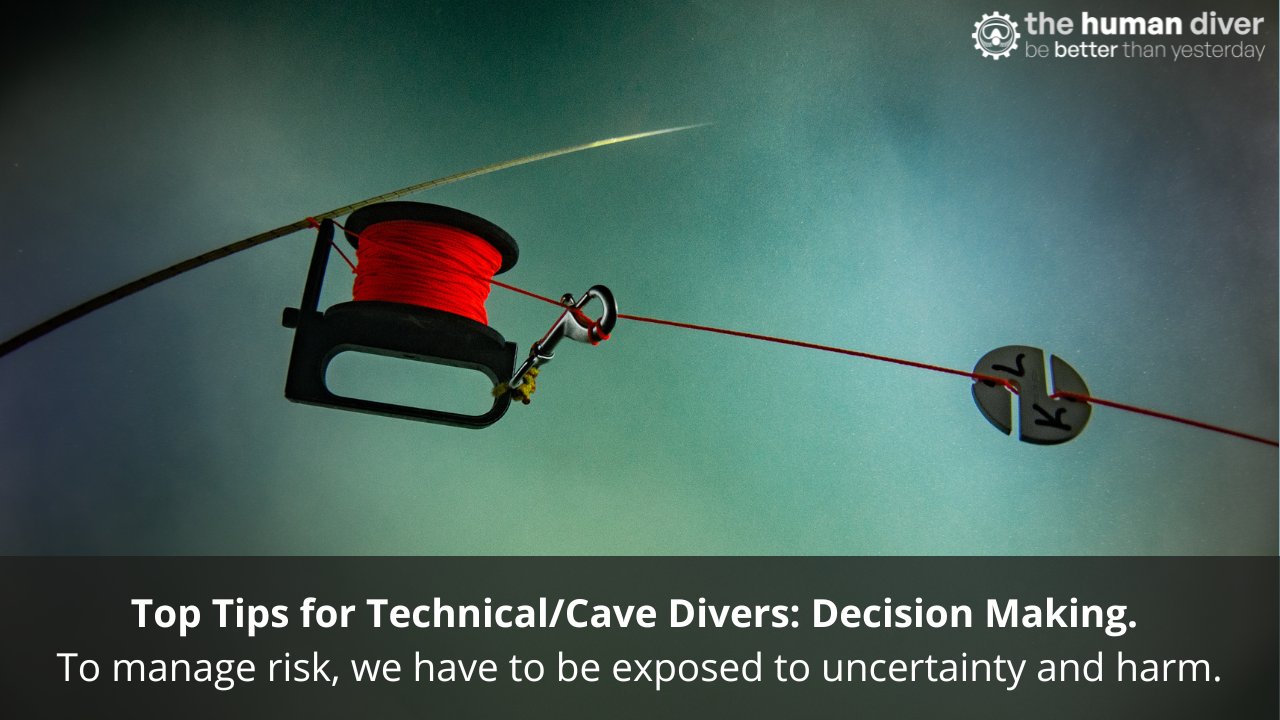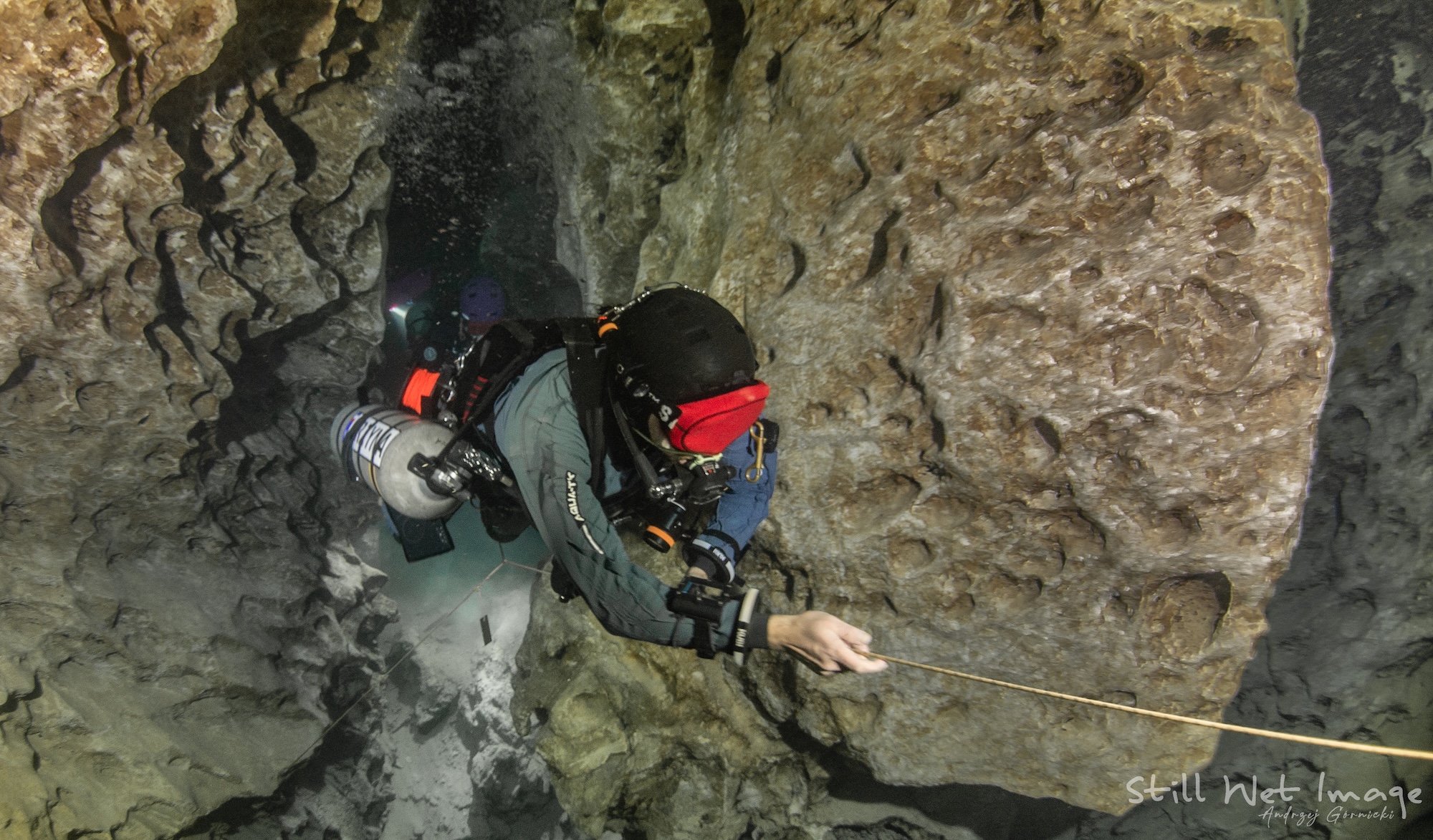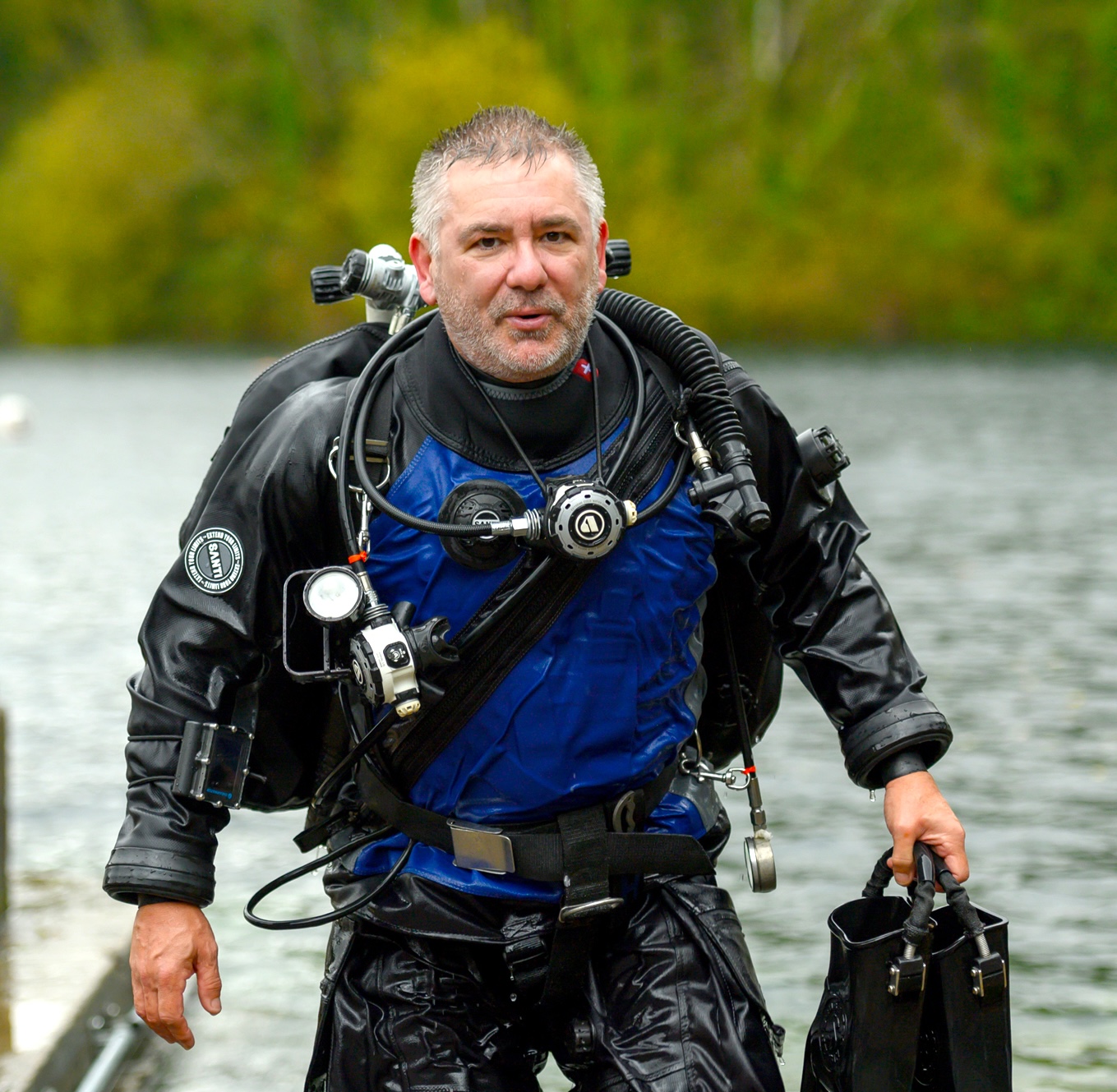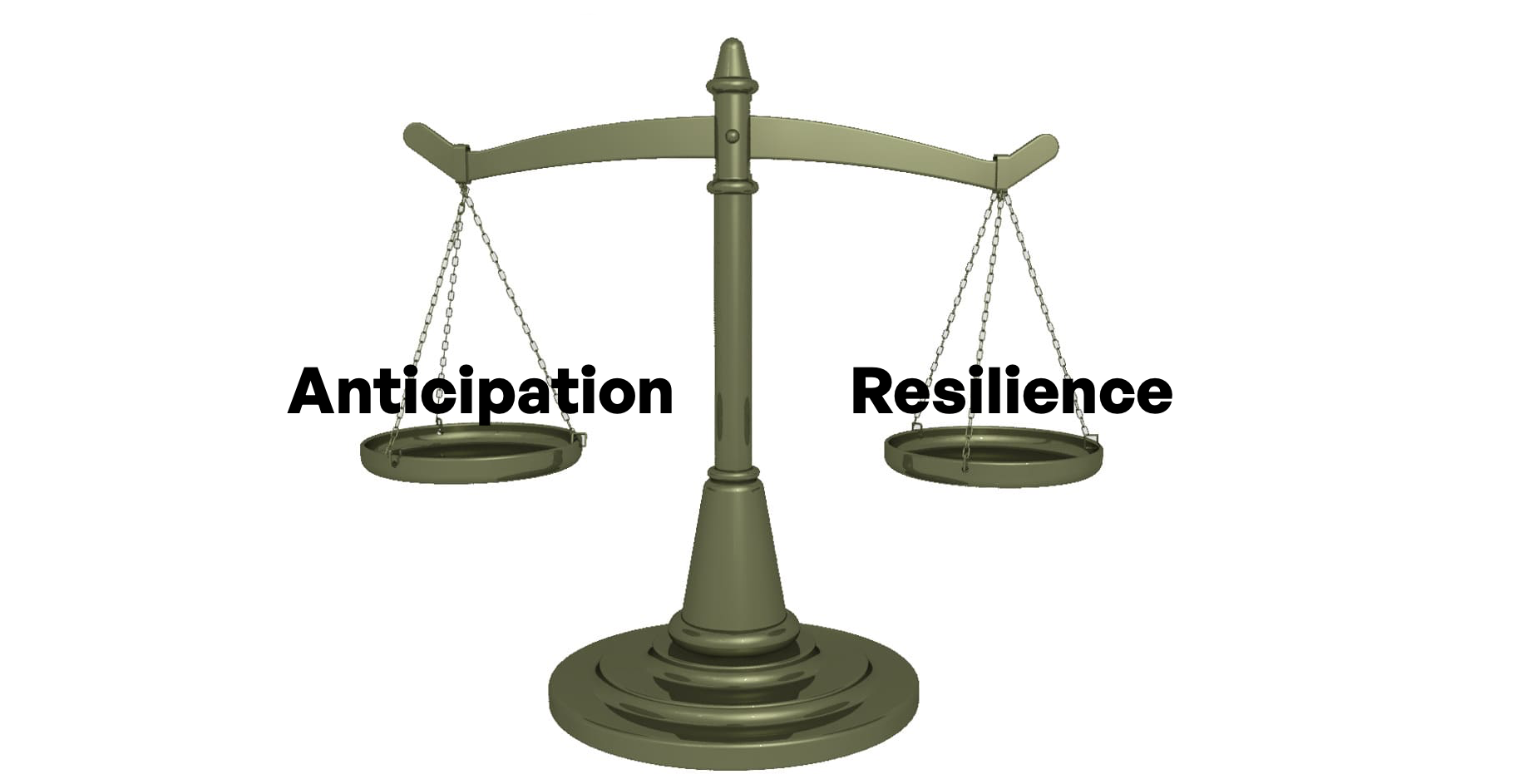
Top Tips for Technical/Cave Divers: Decision Making. To manage risk, we have to be exposed to uncertainty and harm.
Nov 20, 2025In our world of technical and cave diving, we rightly place considerable faith in planning and preparation to reduce the likelihood of adverse outcomes. We map out every minute of bottom time, calculate gas with deeper and longer scenarios, and build in layers of redundant equipment and gas volumes. This detailed process is essential, but it can also create a dangerous illusion of control. It can lead us to believe we have engineered risk out of the equation. The truth, however, is that our most important safety tool isn’t another piece of gear or a more detailed plan; it’s our ability to adapt when the plan becomes irrelevant. The hazards of drowning, hypoxia, hyperoxia, and hypercapnia are irreducible when underwater.
The 'Choice' – Try to exit the cave in zero vis but without a line, or remain in place and drown?
Consider the story from Steve Boegarts in Under Pressure: Diving Deeper with Human Factors. Steve was on a survey task, solo cave diving, with the goal of laying line and surveying the cave in the process. He changed his equipment configuration every so slightly prior to the dive, and this decision, made many hours before the critical event, led to a near fatal outcome on this dive.
On the way back, a wall of zero visibility was encountered. This wasn't there on the way in. He followed his training, using a blind exit technique to follow the guideline through the poor visibility. However, the line started to disappear into the silt. He had to stop because his shoulder was now against the floor of the cave and the line was going further into the silt.
He could no longer follow the line.
He reversed his tracks until he was clear of the silt and back in clear water. He again reverted to training, reaching back for his safety spool so that he could do a lost-line drill and find the other end of the line that must be there somewhere. Unfortunately, when he reached back, that safety spool wasn’t there, and all of his exploration reels were empty. He had no line to use.
He was now faced with a dilemma: stay where he was and definitely run out of gas, or try and swim through the zero visibility without a guideline and hopefully find clear water on the other side. No choice really… He swam as accurately as he could to follow where he thought the line was, but he hit a wall. Still in zero vis. He slowly did a 180 degree turn, and tried to follow his track (in his head) back to his start point. He came into clear water, and reset himself. This time, he aimed off slightly, and swam slowly and methodically through the silt. After a little while he popped out the other side and then found his exit line.
It wasn’t until he was exiting did he have the thought that he could have swum a significant distance back into the cave, found a tie-off, cut the line and then wind the cut line onto one of his empty exploration reels and then used that as his ‘safety spool’ when he got to the zero vis section.
The Theory - Searching for Safety Below the Surface
Steve’s experience highlights a paradox that lies at the heart of risk management. For a powerful framework to understand this, we can turn to Aaron Wildavsky’s classic work, Searching for Safety. Wildavsky’s core insight is that safety is not a static condition we can achieve, but a dynamic process of searching. His argument revolves around two rival strategies for managing risk, a tension that every diver (and human) has to deal with, consciously or not: trial and error versus trial without error.

The Jogger's Dilemma
Wildavsky introduces this paradox with what he calls “The Jogger’s Dilemma.” Although the risk of cardiac arrest is transiently increased during vigorous exercise, habitual vigorous exercise is associated with an overall decreased risk. In short, to get the long-term benefit of being safer from a heart attack, the jogger must accept a temporary, increased risk of having one. This is the core of the diving challenge. To gain the rewards of exploration (or just fun diving in a non-life-sustaining environment, we must accept the inherent hazards of being in an an overhead environment. The very process of taking and managing those risks, by developing skills, judgment, and experience, is what makes us safer in the long run. There can be no safety without the potential for harm i.e., (loss) risk. This isn’t a technical or cave diving issue; the same paradox exists in initial diver training, you have to give the novices the experience of failure in a safe environment, rather than team them to follow the class in a rote manner. They have to find the boundaries themselves, otherwise the first time they do, they could be somewhere where failure isn't safe.
Trial Without Error vs. Trial and Error in Diving
Wildavsky’s conflicted strategies provide a powerful lens through which to view our own diving practices. He calls them Anticipation and Resilience.
- Anticipation is the strategy of trial without error. It is the effort applied to predict and prevent dangers before they happen. In your own diving, you can see this as the attempt to create a plan so perfect, your gear so redundant, that you’ve eliminated any chance of failure. It is an attempt to guarantee a safe outcome before we even get in the water. Think back to the amount of planning and preparation that goes into a big dive. These are attempts to anticipate every possible future and pre-guarantee success. But have you really eliminated risk, or just the risks you can imagine?
- Resilience is the strategy that embraces trial and error. Life is full of margins and we manage them dynamically. The margins we build into our diving are based on experience, capacity, well-practiced failures (specific and general) and feedback/debriefs. For a diver, resilience (or safety) isn't found in a piece of gear, but in a deep mastery of fundamental skills, the cognitive capacity for calm problem-solving under stress, and mental composure. This is what saved Steve. When the plan became useless, it wasn't a procedure, but a deep reserve of resilience, honed technical skills, and calm problem-solving, that brought Steve home. When the cognitive load had reduced, a little more thought could be applied to the problem, and this unearthed a safer option. Hindsight eh?!
The Rule of Sacrifice
Why does resilience work? Because it adheres to what Wildavsky calls the “rule of sacrifice”: for a system to be stable as a whole, its parts must be allowed to be unstable. A resilient diver (the whole system) allows their parts (a specific technique, a piece of gear, a moment of composure) to be unstable, to fail, in a controlled training environment. This strengthens the whole. In contrast, the over-anticipatory approach tries to make every single part perfectly stable and failure-proof, which makes the entire system brittle and prone to catastrophic, system-wide failure when faced with something truly new. We can see the opposite of this in the training systems whereby training has become very formulaic because of the fear of litigation, reducing variability and the potential for harm, but this moves the problem into the ‘operational space’ and outside the 'responsibility' of the training agencies.
The Perils of Over-Anticipation
While some anticipation is vital, an over-reliance on it can paradoxically make us less safe. Wildavsky uses the example of nuclear power plants, where piling on safety devices can create new, unforeseen problems because they “get in each other's way.” This is directly applicable to diving at the technology/equipment level. Adding another stage bottle, another light, another computer, and another set of procedures doesn't just add safety; it adds weight, drag, complexity, and task loading. Each new piece of equipment is a new potential failure point. The technology we take to prevent one imagined problem can create a cascade of real ones if we haven’t practiced the techniques and skills in a representative training environment. For example, a CCR will allow much greater depth and range to be explored, but how many CCR divers regularly practice live bailout ascents from full depth/penetration to make sure their skills are sharp. We don't want to be stressed with the emergency AND relearning how to do the ascent/exit.
Building Resilience: For a Diver, Wealth is Skill
If adding more gear isn't the answer, what is? Wildavsky argues for increasing our "general resources," encapsulated in his principle, "Richer is Safer." But for a diver, this wealth isn't financial. For a diver, wealth is skill. It is a deep reserve of personal assets: accurate and consistent buoyancy control and trim so the cognitive load is reduced, efficient propulsion techniques to reduce silting and maximise endurance, extensive experience in varied conditions so there are more patterns to match, and a comprehensive set of skills and stories to refer back to.

This creativity, capacity and problem solving are far more valuable than a specialised piece of gear designed for a single, specific, and often improbable failure. A diver with impeccable core skills has more mental bandwidth available to solve any problem that arises, while a diver struggling with trim is already task-loaded before anything has even gone wrong.
Understanding this balance between anticipation and resilience is the first step; the next is to actively cultivate the skills and mindset that allow us to bounce back when the unexpected inevitably happens.
Top Tips - Building Your Capacity and Resilience as a Technical or Cave Diver
The goal of modern diver training shouldn't be to create a diver who can avoid all risks; this is an impossible and self-defeating task. The goal should be to build a diver with a robust capacity to manage uncertainty and risk effectively. It’s about cultivating resilience, not just practicing procedures. The following tips are designed to build that capacity, shifting the focus from what’s connected to your harness, to what’s in your head.
- Master the Fundamentals, Not Just the Gear True safety comes from an unconscious, automatic mastery of core skills like buoyancy, trim, and propulsion. When these skills require zero conscious thought, you free up immense mental bandwidth. This freed-up mental RAM is your most critical resource. It's what allows you to stop thinking about how to dive and start thinking about how to solve the problem in front of you.
- Practice Failure, Not Just Procedures Move beyond simply rehearsing procedures. There's a critical difference between "learning by doing" (practicing a valve drill in a pool) and "learning by using" (applying that skill in a zero-visibility silt-out with real consequences). Actively practice realistic failure scenarios in a controlled but challenging environment to build the cognitive muscle to cope with stress, adapt your response, and make better decisions when things go wrong. The real learning comes not in the doing, but in the reflection of the doing, which is why the debrief is so important.
- Simplify to Succeed Critically evaluate every piece of equipment and every procedure. Ask if it truly adds to your overall safety or if it just adds complexity. Be warned: piling on measures can create new, unforeseen risks and interactions. A simpler, more streamlined approach reduces task loading, potential failure points, and the chance of a minor issue cascading into an emergency. This is what the original Hogarthian approach was about. We can also see this with the advent and application of bailout and dual rebreather systems. However, just because the automation (technical) appears reliable, it doesn’t mean it won’t fail.

Wrapping it Up
The safest divers are not those who have a plan for everything, because that is an impossibility. The safest divers are those who possess the deep-seated skills, mental fortitude, and adaptability to manage anything. They have embraced the Jogger's Dilemma, understanding that courting manageable risks in training is what ultimately protects them from the unmanageable ones. But this search for safety is perpetual, because safety itself is not a static state to be achieved; it degrades. The skills you mastered yesterday can be gone tomorrow without reinforcement. Safety must be continuously re-accomplished, and the secret to that ongoing search lies not in avoiding danger, but in learning how to master it.

Gareth Lock is the owner of The Human Diver. Along with 12 other instructors, Gareth helps divers and teams improve safety and performance by bringing human factors and just culture into daily practice, so they can be better than yesterday. Through award-winning online and classroom-based learning programmes, we transform how people learn from mistakes, and how they lead, follow and communicate while under pressure. We’ve trained more than 600 people face-to-face and 2500+ online across the globe, and started a movement that encourages curiosity and learning, not judgment and blame.
If you'd like to deepen your diving experience, consider the first step in developing your knowledge and awareness by signing up for free for the HFiD: Essentials class and see what the topic is about. If you're curious and want to get the weekly newsletter, you can sign up here and select 'Newsletter' from the options.
Want to learn more about this article or have questions? Contact us.










